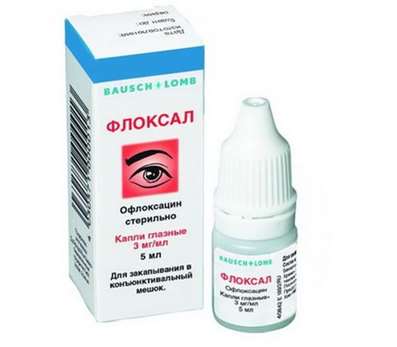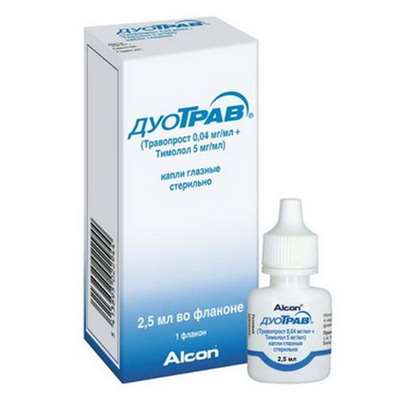Instruction for use: Cetirizine HEXAL
I want this, give me price
Dosage form: Drops for ingestion; Coated tablets
Active substance: Cetirizine
ATX
R06AE07 Cetirizine
Pharmacological groups:
H1-antihistamines
The nosological classification (ICD-10)
H10.1 Acute atopic conjunctivitis: Allergic conjunctivitis; Allergic eye diseases; Allergic conjunctivitis; Allergic conjunctivitis caused by chemical and physical factors; Allergic rhinoconjunctivitis; Allergic inflammation of the eyes; Spring Qatar; Spring keratitis; Spring conjunctivitis; Conjunctivitis allergic; Year-round allergic conjunctivitis; Exacerbation of pollinosis in the form of rhinoconjunctival syndrome; Acute allergic keratoconjunctivitis; Acute allergic conjunctivitis; Superficial bacterial infection of the eyes; Rhinoconjunctivitis; Seasonal allergic conjunctivitis; Seasonal conjunctivitis; SENSORY; Chronic allergic keratoconjunctivitis; Chronic allergic conjunctivitis
J30 Vasomotor and allergic rhinitis: Allergic rhinopathy; Allergic rhinosinusopathy; Allergic diseases of the upper respiratory tract; Allergic rhinitis; Allergic rhinitis seasonal; Vasomotor runny nose; Prolonged allergic rhinitis; All-year-round allergic rhinitis; All-year allergic rhinitis; Year-round or seasonal allergic rhinitis; All-the-year-round rhinitis of an allergic nature; Rhinitis vasomotor allergic; Exacerbation of pollinosis in the form of rhinoconjunctival syndrome; Acute allergic rhinitis; Edema of the nasal mucosa; Edema of the nasal mucosa; Edema of the mucous membrane of the nasal cavity; Swelling of the nasal mucosa; Swelling of the nasal mucosa; Pollinosis; Permanent allergic rhinitis; Rhinoconjunctivitis; Rhinosinusitis; Rhinosinusopathy; Seasonal allergic rhinitis; Seasonal allergic rhinitis; Hay rhinitis; Chronic allergic rhinitis; Allergic diseases of the respiratory tract
L20 Atopic dermatitis: Allergic diseases of the skin; Allergic skin disease noninfectious etiology; Allergic skin disease etiology nemikrobnoy; Allergic skin diseases; Allergic skin lesions; Allergic reactions on the skin; atopic dermatitis; Allergic dermatosis; Allergic diathesis; Allergic itching dermatosis; Allergic skin disease; Allergic skin irritation; allergic Dermatitis; atopic Dermatitis; allergic dermatoses; exudative diathesis; Itchy atopic eczema Itchy allergic dermatosis; Allergic skin disease; Cutaneous allergic reaction to drugs and chemicals; Cutaneous reactions to medications; Skin and allergic disease; Acute eczema; common neurodermatitis; Chronic atopic dermatitis; Exudative diathesis
L29 Itching: Itching with partial obstruction of the biliary tract; Dermatitis itchy; Dermatosis with persistent itching; Other itching dermatoses; Itching dermatoses; Itching allergic dermatosis; Itching dermatitis; Itching dermatosis; Itching itch; Excruciating itching; Severe itching; Endogenous itching; Skin itching with dermatosis; Restricted itchy dermatitis; Itching of the skin; Itchy scalp; Itching eczema
L50 Urticaria: Idiopathic chronic urticarial; Injury Urticaria; Chronic urticarial; Hives of the newborn
Composition
Drops for oral administration 1 ml
Cetirizine dihydrochloride 10 mg
Auxiliary substances: benzoic acid - 2 mg; Glycerol 85% - 125 mg; Propylene glycol 125 mg; Distilled water - 763, 6 μl; Sodium acetate trihydrate - 15 mg
Tablets, coated with a coating.
core
active substance: Cetirizine dihydrochloride 10 mg
Auxiliary substances: lactose monohydrate - 80 mg; MCC - 23.8 mg; Silicon dioxide colloidal - 0.6 mg; Magnesium stearate - 0.6 mg
Shell: white dye Opadry - 5 mg (contains lactose monohydrate - 1.8 mg, titanium dioxide - 1.3 mg, hypromellose - 1.4 mg, macrogol 4000 (polyethylene oxide 4000 - 0.5 mg)
Pharmachologic effect
Mode of action - antiallergic, antipruritic.
Dosing and Administration
Inside, washing with water, regardless of food intake.
Adults and adolescents over the age of 12 years: it is recommended to take 20 drops (10 mg) or 1 table. Daily, preferably in the evening.
Children aged 6-12 years: 10 drops (5 mg) 2 times a day in the morning and in the evening or 20 drops (10 mg) in the evening; For tablets - with a body weight of less than 30 kg - 1/2 table, covered with a shell, in the evening; With a body weight of more than 30 kg - 1 table, covered with a shell, in the evening. Possible reception 2 times a day (in the morning and in the evening), on 1/2 table.
Children aged 2-6 years: 10 drops (5 mg) in the evening or 5 drops (2.5 mg) in the morning and evening.
Children aged 1-2 years: 5 drops (2.5 mg) 2 times a day.
Elderly patients with normal renal function are not required to adjust the dose.
Patients with renal insufficiency should be corrected dose of cetirizine, depending on the value of Cl creatinine.
Cl creatinine for men can be calculated from the plasma concentration of creatinine according to the formula:
Cl creatinine, ml / min = ([140-age, years] × body weight, kg): 72 × Cl creatinine plasma, mg / dL
Cl creatinine for women can be calculated by multiplying the obtained value by a factor of 0.85.
Correction of the dose is performed taking into account the data in the table.
Table
| Renal insufficiency | Cl creatinine, ml / min | Dosing regimen |
| Missing (norm) | ≥80 | 10 mg / day |
| Lightweight | 50–79 | 10 mg / day |
| Average | 30–49 | 5 mg / day |
| Heavy | <30 | 5 mg every other day |
| Terminal stage - patients on hemodialysis | <10 | The drug is contraindicated |
Children with renal insufficiency correction of the dose of cetirizine in drops for oral administration is carried out individually, taking into account Cl creatinine, age and body weight.
Adult patients with concomitant renal and hepatic impairment are corrected according to the above table.
Patients with a violation of only liver function correction of the dose of cetirizine in the drops for oral administration is not required
When the liver function is impaired, it is necessary to select a dose of cetirizine in tablets individually, especially cautiously with simultaneous renal failure.
Duration of admission is determined individually, usually with seasonal allergic rhinitis, the duration of therapy is from 3 to 6 weeks, and with a short-term exposure to pollen is enough for 1 week.
The duration of therapy for children over the age of 6 years is from 2 to 4 weeks, and for short-term exposure to an allergen is sufficient for 1 week.
Release form
Drops for oral administration, 10 mg / ml. For 10 or 20 ml in bottles-droppers made of dark glass. 1 bottle per drop in a cardboard box.
Tablets, coated with a coating, 10 mg. By 7 or 10 tab. In a contoured cell pack of PVC / aluminum foil. For 1, 2, 3 or 5 blisters in a cardboard box.
Manufacturer
Hexal AG, 83607, Holzkirchen, Industrialstrasse, 25, Germany.
Produced by: Salutas Pharma GmbH, Germany.
Conditions of leave from pharmacies
Without recipe.
Storage conditions of the drug Cetirizine HEXAL
At a temperature not higher than 25 ° C.
Keep out of the reach of children.
Shelf life of the drug Cetirizine HEXAL
3 years.
Do not use after the expiry date printed on the package.

 Cart
Cart





